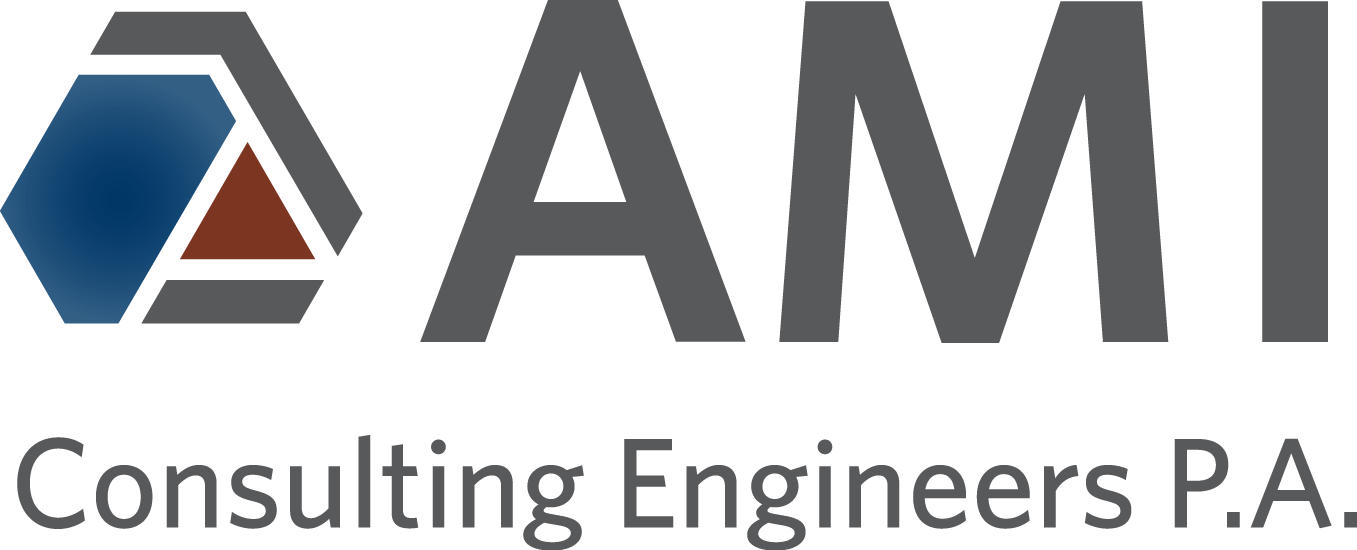3D Scanning in Mechanical and Structural Engineering: Revolutionizing Material Handling Spaces
3D scanning technology has become an essential tool in the fields of mechanical and structural engineering, especially within the domain of industrial design, focusing on material handling spaces. This innovative technology captures the physical dimensions of objects or spaces and converts them into precise digital models. Such capability is invaluable, providing a new level of detail and accuracy that significantly benefits engineering projects. Through a fictional project showcased in a hypothetical video, the applications and advantages of 3D scanning in engineering can be fully appreciated.
What is 3D Scanning?
3D scanning is a transformative technology that captures the physical dimensions of objects or spaces, converting them into digital 3D models. This process is critical in engineering for achieving quick and accurate measurements, which can be analyzed and utilized in various applications. In the context of material handling spaces, 3D scanning offers unparalleled detail and accuracy, revolutionizing how these spaces are designed and optimized.
Revolutionizing Design and Planning
Precision and Accuracy: Traditional measurement methods often fall short in terms of accuracy and efficiency. 3D scanning provides exact measurements that are crucial for optimizing storage and the movement of materials in handling spaces.
Efficient Space Utilization: The detailed digital models produced from 3D scans enable engineers to plan and layout spaces more effectively. This is particularly crucial in areas where space is at a premium, such as warehouses and manufacturing facilities.
Integration with BIM: 3D scanning and Building Information Modeling (BIM) work together seamlessly. This integration ensures cohesive design, construction, and facility management, fostering a more streamlined and effective process.
Enhancing Construction and Installation
Error Reduction: The high accuracy of 3D scans minimizes construction errors, leading to reduced delays, less waste, and significant cost savings.
Complex Installations: The technology facilitates the precise installation of complex machinery and equipment, ensuring they function optimally within their designed environment.
Facilitating Maintenance and Upgrades
Predictive Maintenance: Digital models created from 3D scans are instrumental in monitoring equipment wear and tear. This aids in predictive maintenance strategies, extending the lifespan of equipment.
Future-Proofing: The ability to easily modify and upgrade facilities through 3D scanning ensures that operations can evolve with changing needs, minimizing the need for extensive rework.
The Critical Process of Equipment Installation
Pre-Installation Planning: The initial steps involve understanding requirements, conducting site assessments, and coordinating with all stakeholders.
Site Preparation: Optimizing space and implementing safety measures are key priorities before commencing installation.
Equipment Delivery and Handling: Managing logistics, careful unloading, and precise positioning are critical steps in the process.
Installation Process: The assembly, integration, and connection to utilities must be meticulously managed, followed by calibration and comprehensive testing.
Post-Installation: Training staff, planning maintenance, and creating detailed documentation are essential for the smooth operation of the facility.
The integration of 3D scanning into the installation and maintenance processes represents a paradigm shift in mechanical and structural engineering for material handling spaces. Its unmatched precision, efficiency, and adaptability mark it as not just a useful tool but a foundational element in the future of design and construction. Through fictional projects and hypothetical scenarios, the profound impact of 3D scanning technology in revolutionizing material handling spaces is vividly illustrated, showcasing its essential role in modern engineering.
